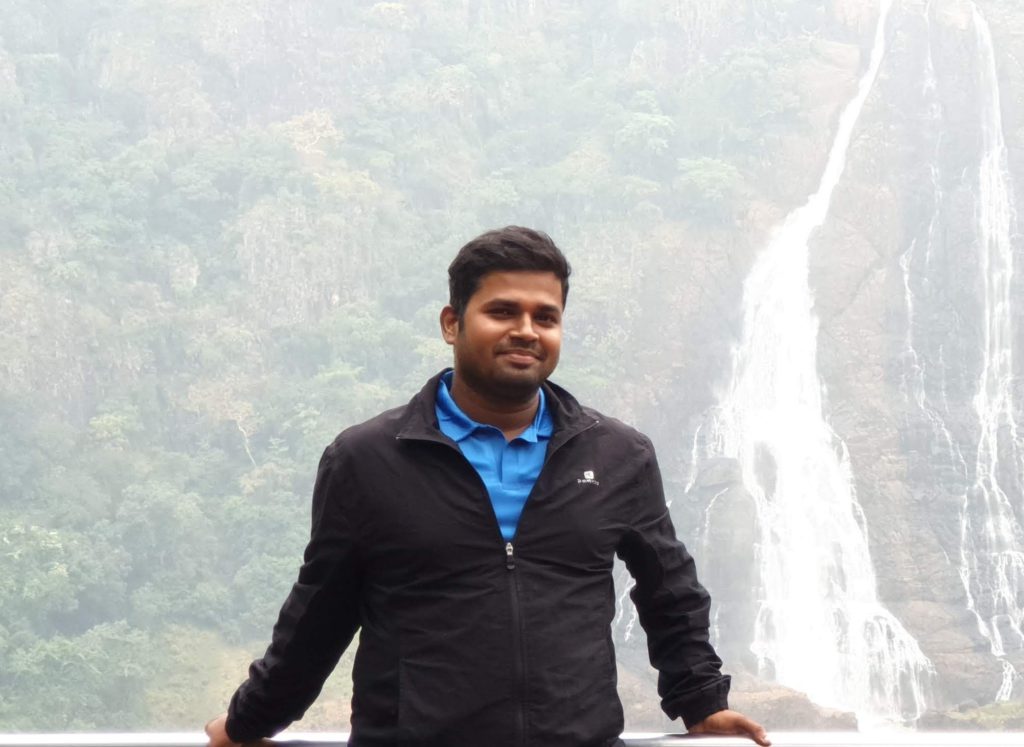Plant Physiology and Metabolism
Course Attendees
Still no participant
Course Reviews
Still no reviews
Course Name : Plant Physiology and Metabolism
Code(Credit) : CUTM1428(3-1-0)
Course Objectives
- Students will learn the basic knowledge of stress adaptations in biological systems.
- They will learn molecular understanding of primary and secondary metabolic process.
Learning Outcomes
• Acquire knowledge in various physiological processes occur in plants.
• Learn about the response of plants to various biotic and abiotic stresses.
• To enable the students to gain the ability to conduct research, pursue life long learning and provide solutions to public issues related to agriculture.
Course Syllabus
Module-I
Photosynthesis - Light harvesting complexes; Red drop and Emerson's enhancement effect. Photolysis of water, photophosphorylation, mechanisms of electron transport; Hill Reaction, photoprotective mechanisms; CO2 fixation-C3, C4 and CAM pathways. Photorespiration, Chlororespiration: The relation between Photosynthesis, respiration and Chlororespiration. Regulation of C3 pathway.
Practice-1
Isolation of chloroplast and measurement of electron transport activity
Module-II
Solute transport and photoassimilate translocation – uptake, transport and translocation of water, ions, solutes and macromolecules from soil, through cells, across membranes, through xylem and phloem; transpiration; mechanisms of loading and unloading of photoassimilates.
Practice-2
Comparative study of photosynthetic pigment in C3 and C4 plant, grown in light and shade condition
Module-III
Plant growth regulator & Elicitors: Physiological effect & mechanism of action of Auxin, Gibberellin, Cytokinin, Ethylene, Abscisic acid, Jasmonic acid & Salicylic acid, hormone receptor, Signal transduction & Gene expression . Programmed cell death. Sensory photobiology - Structure, function and mechanisms of action of phytochromes, cryptochromes and phototropins; stomatal movement; photoperiodism and biological clocks.
Practice-3
To study qualitative and quantitative characters of plant community by quadrat method.
Module-IV
Stress Physiology: Plant responses to biotic and abiotic stress, mechanisms of biotic and abiotic stress tolerance, water deficit and drought resistance, salinity stress, metal toxicity, freezing and heat stress, oxidative stress. Metabolism: reactive oxygen species (ROS), antioxidant enzymes: catalase, peroxidases, superoxide dismutase, glutathione transferase, glutathione reductase, Halliwell–Asada cycle.
Practice-4
Extraction of pigments from leaves and preparation of absorption spectra for chlorophyll and carotenoids.
Module-V
Cellular Respiration: Glycolysis, Fermentation, TCA cycle and their regulation. Pentose phosphate path ways, alternate oxidase. Shuttle system: Malate - Aspartate shuttle and Glycerol phosphate shuttle. Factor affecting respiration. Gluconeogenesis and its regulation.
Practice-5
To compare chlorophyll content in juvenile and matured leaves
Module-VI
Oxidative phosphorylation: Mitochondrial electron transport, Chemiosmotic mechanism, ATP-Synthesis: Mechanism of ATP synthesis, Substrate level phosphorylation, oxidative phosphorylation, ATP synthase, Boyers conformational model, Racker’s experiment, role of uncouplers. Inhibitors of oxidative phosphorylation.
Practice-6
Preparation of standard curve for quantification of protein, carbohydrate and reducing sugar.
Module- VII
Lipid metabolism: Fatty acid biosynthesis, synthesis of membrane lipids, storage lipids and their catabolism. α and β-oxidation of fatty acid. Glyoxalate cyle. Nitrogen fixation & Metabolism: Biological Nitrogen fixation, asymbiotic and symbiotic Nitrogen fixation, nodule formation, Nod and Nif genes their regulation and function, mechanism of nitrate uptake and reduction, ammonium transport and assimilation.
Text Books:
• Devlin, R. N. and Witham, F. H. (1983). Plant Physiology. CBS Publishers, Delhi.
• Bhattacharya D. (1999). Experiments in Plant Physiology- A Laboratory Manual. Narosa Publishing House, New Delhi.
• Pandey and Sinha (1987)., Plant Physiology, Vikas Publishing House.
• Satyanarayana, U. and Chakrapani, U.(2013), Biochemistry, Elsevier
Reference Book:
• Taiz, L., Zeiger, E., Mller, I.M. and Murphy, A (2015). Plant Physiology and Development. Sinauer Associates Inc. USA. 6th edition.
Session 7 (Assignment-1) 1 hour
Session 8 (Practice-1) 2 hours
Session 13 (Practice-2) 2 hours
Session 22 (Practice-4) 2 hours
Session 31 (Practice-6) 2 hours
Session 35 (Assignment) 1 hour
Case Studies
Case Studies
Our Main Teachers

Dr. Shantanu Bhattacharyya
Assistant Professor, Department of Botany, School of Applied Science ( Bolangir Campus)
VIEW PROFILEDr. Shantanu Bhattacharyya works as an Assistant Professor, Department of Botany, at the Centurion University of Technology and Management, Bolangir Campus, Odisha, India. He has received his M.Sc. (Life Science- Botany) and M.Phil (Life Sciences) from Sambalpur University, Orissa, India and B.Ed. from Singhania University, Rajasthan India. He qualified GATE-2007, CSIR-UGC NET LS -2008. He […]

Mr. Srimay Pradhan
Assistant Professor in Department of Botany, School of Applied Sciences, Centurion University of Technology and Management
VIEW PROFILEMr. Srimay Pradhan is presently working as an assistant professor (Botany) in School of applied Sciences, Centurion University of Technology and Management. Apart from this, he is also persuing his doctoral research on diversity, distribution and ethnomedicinal uses of Lichens from Centurion University of Technology and Management. He has completed his Master (Botany) from Department […]


Recent Comments